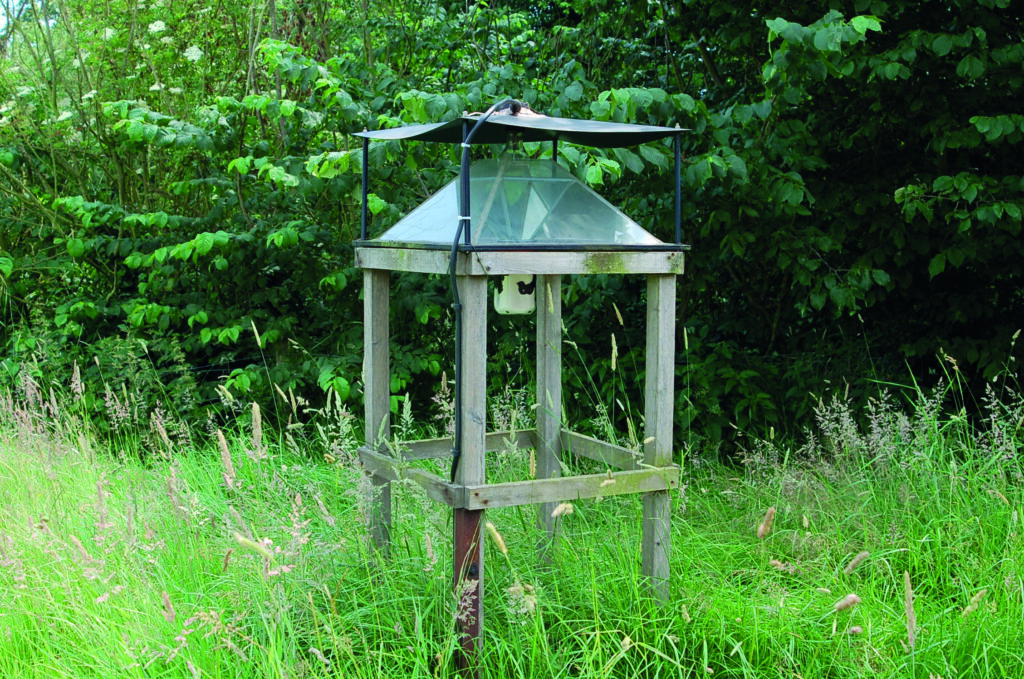
Written by John Szczur, Ecologist at the GWCT Allerton Project research and demonstration farm
Compared with their colourful companions, moths often escape the attention and certainly the affection of all but those with a passion for insect life. Despite this, they have a vital role in our ecosystems. Moths and their caterpillars provide an important source of food for many species, including garden and farmland birds, and their declines in the UK are cause for concern.
We have monitored moths at the Allerton Project at Loddington since 1995 and do so using a Rothamsted light trap as part of the national monitoring network. This network of traps reveals a 33% decline in abundance of macro-moths between 1968 and 2017, as reported by Butterfly Conservation – with 41% of species having declined over this period, 10% increased and the remainder showing no obvious change.
Our story at the Allerton Project is quite different, where the overall abundance of macro-moths was 36% higher in 2019 than it was in 1995. The number of species caught per year has also increased slightly, with an average of 146 during the first 12 years compared with 173 in the most recent 12.
Two species that illustrate this trend are the flounced rustic which has declined nationally by 60% since 1969, and the brown rustic which has declined by 64% nationally over the same period. Both species have increased substantially at the Project since 2007, although these increases were checked in 2012 by prolonged summer rainfall, before increasing again in subsequent years.
Flounced rustic is associated with dry grassland and may have benefited from the extensive creation of wildlife habitat at Loddington such as wildflower margins, beetle banks and grass margins, including a 12-metre (m) margin close to the moth trap. The brown rustic is likely to have benefited from the planting of new woods and the thinning of existing woodland to encourage the herb and shrub layer for game and other wildlife. Straw Dot another rough grassland breeding moth showed an impressive leap in numbers from none caught in the first five years, to 87 in the second five, to 986 in the third. This was a natural colonisation that was able to exploit the creation of new habitat, especially the previously mentioned 12m margin.
Oak has featured prominently in the woodland planting over the past 30 years, having previously been scarce. This planting is the likely explanation for occasional recent records of merveille du jour, black arches and oak nycteoline. Other species that have been recorded only in recent years and which are associated with individual tree species that have been planted on the farm include scorched carpet (dependent on spindle), white satin and chocolate-tip (benefiting from poplars and willows).
Both hedge bedstraw and lady’s bedstraw have been included in our flower rich margins and may explain the substantial increase in green carpet moth, for which bedstraws are the larval food plant. We will continue this monitoring work and report back on any trends in future years. In the meantime, remember the importance of our wonderful larger moths – of which around 800 species call the UK home.
